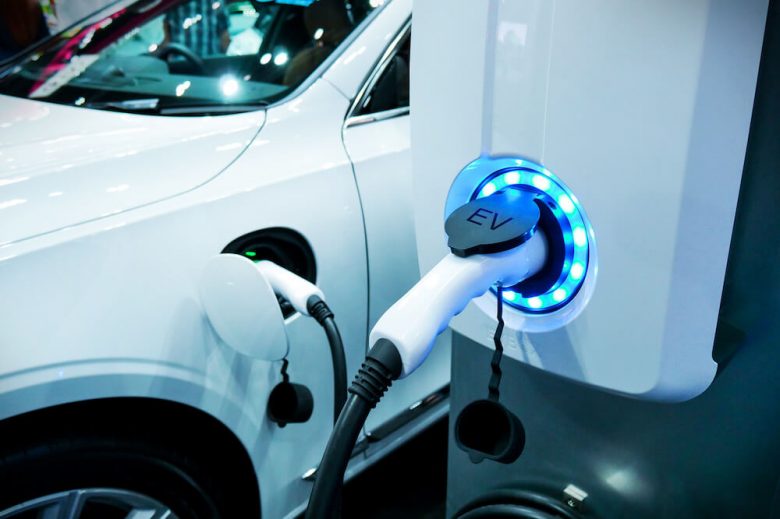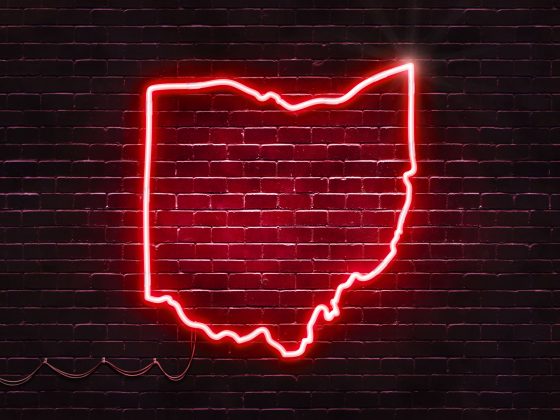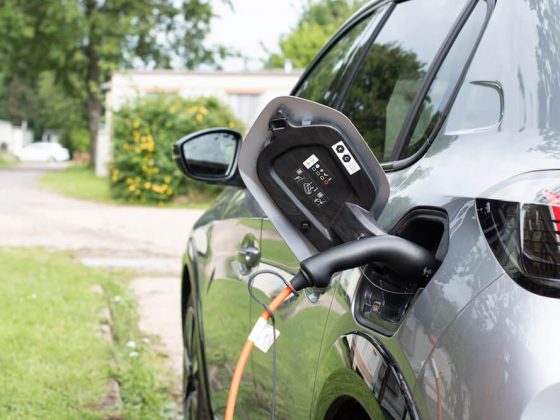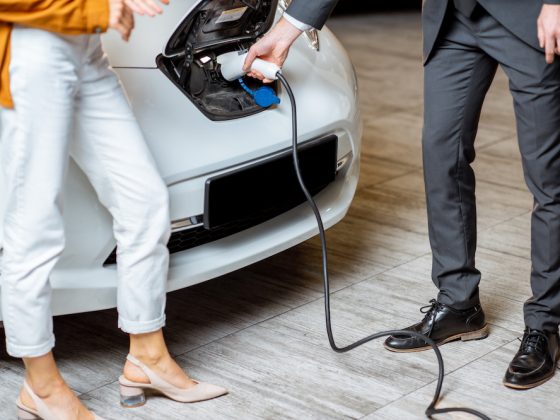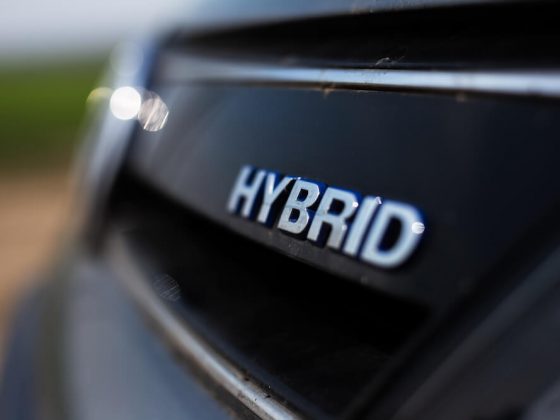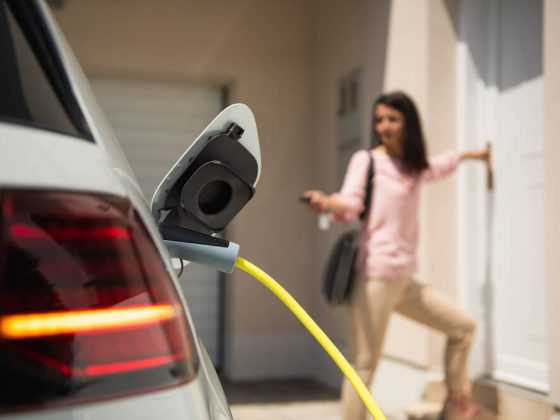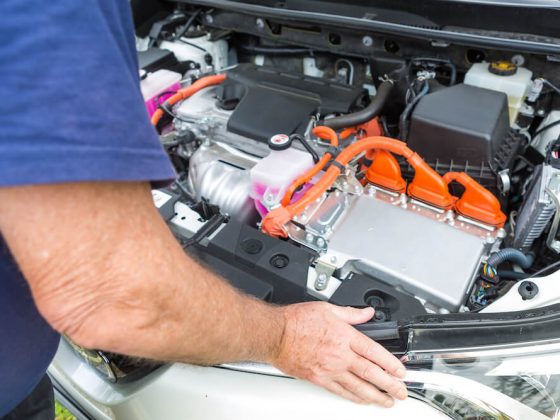The Buckeye State is first to open an electric vehicle charging station funded by President Biden’s 2021 infrastructure law (NEVI program). The idea behind the law was to give funds to all 50 states so they can deploy fast chargers near federal highways known as alternative fuel corridors. The White House’s ultimate goal is to grow a nationwide network of 500,000 chargers no more than 50 miles apart.
Use eTags© to Quickly Complete Your DMV Service. Renewals, Title Transfers and More, All Online!
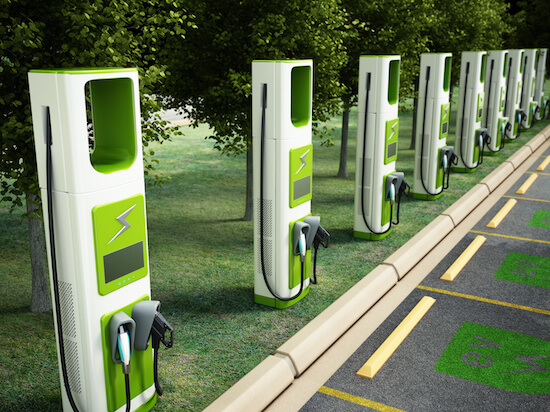
But more than two years have passed since $5 billion has been allocated to build EV charging stations, and only last Friday the first one opened off I-70 at the Pilot Travel Center near Columbus, OH. The charging station has four EVgo chargers, capable of providing up to 350kW when charging a single vehicle. When four vehicles are charging at the same time, each port gets up to 175 kW just enough to charge an EV up to 80% in 20 to 40 minutes.
Ohio was the first state to release a request for charging station proposals last year, a move that put Ohioans ahead for suitable equipment and specialized technicians to install the stations. Ohio plans to build more than 50 charging stations like the one that just opened, funded by the NEVI program. The Buckeye State will get $140 million in NEVI funds over five years to support the installation of EV charging stations across OH.
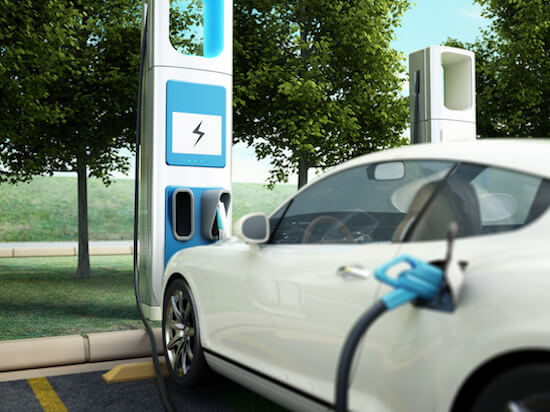
So far 26 states have participated in the NEVI program making an effort to spend their share of funds, but only Ohio has actually opened a charging station that’s operable. The Joint Office of Energy and Transportation says 17 of those 26 states are still searching for contractors to build the EV charging stations, while only seven have signed agreements with private companies worth $101.5 million.
SEE ALSO: ELECTRIC CARS 2023 CHARGING DESERTS
As of December 2023, America has 165,000 public charging ports nowhere near what’s needed for the U.S. to phase out gas cars and completely banning the sale of gasoline vehicles by 2035. California’s Advanced Clean Cars II rule requires zero-emission vehicles to represent 35% of new cars and light trucks by 2026 in CA.
Vermont, Pennsylvania, and Maine have broken ground on electric vehicle charging stations. They’re not operable or open to the public yet. Installing charging stations has a few challenges which is why it’s taking so long to create a nationwide network. Some charging sites that were chosen by each state need new transformers or switches before chargers can be installed and operate.
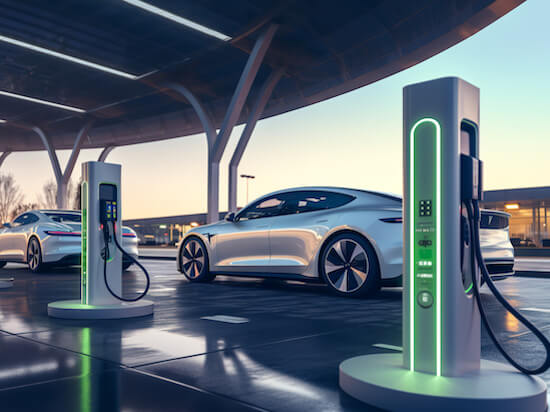
There’s also a lack of resources and expertise since traditional infrastructure surrounded roads and bridges not electric know-how. It took five years for the Joint Office to create a standard for plug types, charging speeds, and payment systems. Industry experts say it could take up to 18 months to install an EV charging station.
